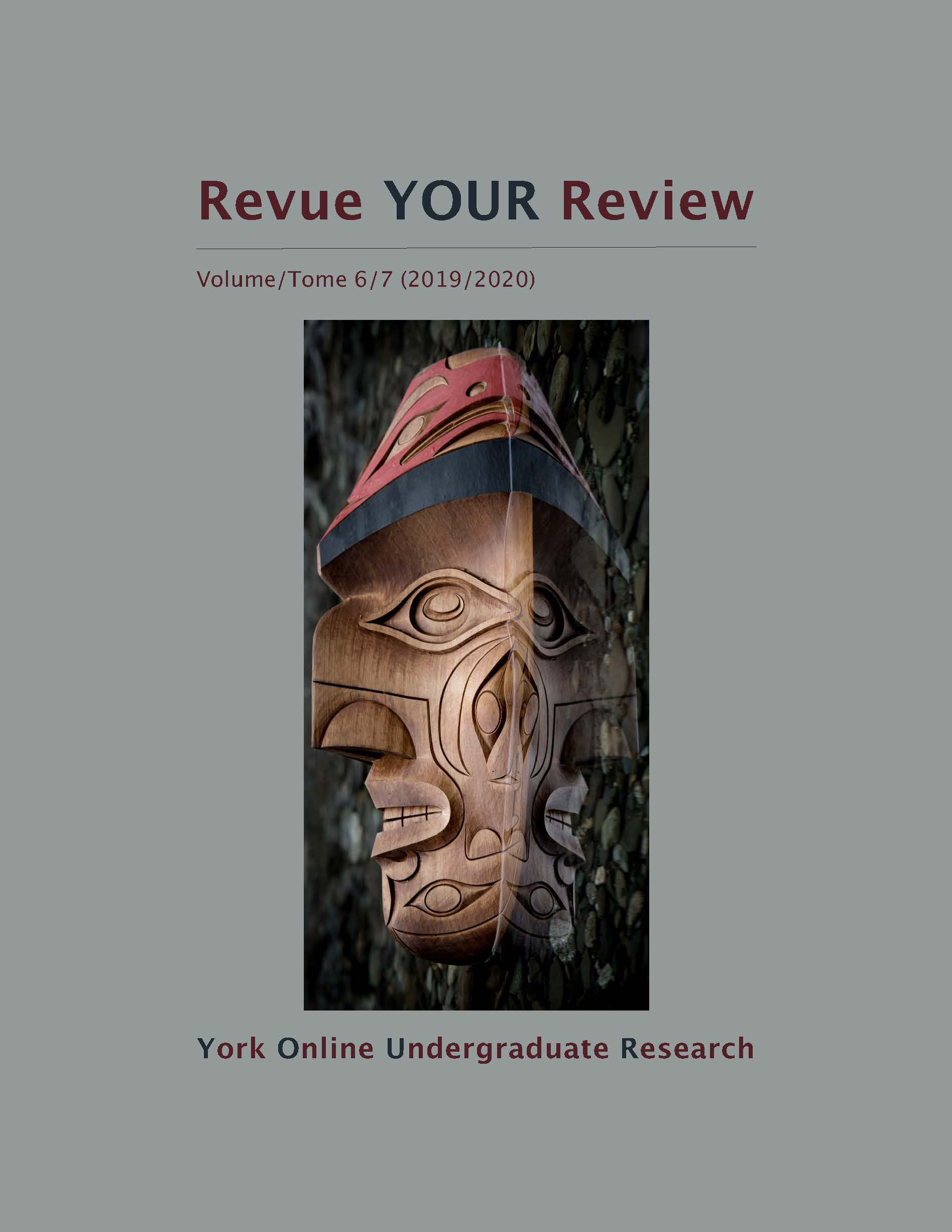Understanding the Social Determinants of Female Genital Mutilation
Mots-clés :
Female genital mutilation, social determinants of health, policy, human rightsRésumé
The contested practice of female genital mutilation (FGM) is rooted in several social and cultural norms and prevalent in more than 30 countries across the world. This article aims to illustrate FGM’s geographical and historical prevalence, root causes, and clinical, social, and economic implications. Despite a higher prevalence in countries in Africa, the Middle East, and Asia, FGM is also practiced in the U.S., U.K., Australia, and Canada. With substantial regional variability in prevalence, a girl’s or woman’s place of residence, education level, and wealth status significantly shape their personal FGM experiences. In applying a human rights lens to FGM, there is a strong case for eradicating its practice. Progress towards a world free of FGM will require tailored and data-centred policy solutions, contextualized to each FGM-practicing community.
Téléchargements
Publié-e
Comment citer
Numéro
Rubrique
Licence
© Ranjana Nagi 2020

Cette œuvre est sous licence Creative Commons Attribution - Pas de Modification 4.0 International.
Les auteurs qui contribuent à la Revue YOUR Review acceptent de publier leurs articles selon une des trois catégories de la licence 4.0 : Creative Commons Attribution 4.0 International; Creative Commons Attribution-Pas d'Utilisation Commerciale 4.0 International; ou Creative Commons Attribution-Pas de Modification 4.0 International. Tout contenu éditorial de ce site ainsi que les affiches et les résumés sont sous la licence Creative Commons Attribution-Pas de Modification 4.0 International. Pour plus d’informations, veuillez voir :
https://creativecommons.org/licenses/
Dans tous les cas, les auteurs conservent leurs droits d’auteurs et concèdent à la Revue YOUR Review le droit de première publication. Les auteurs peuvent, par la suite, conclure d’autres accords de distribution non exclusifs de la version publiée dans ce périodique (par exemple, l’afficher à un dépôt institutionnel ou le publier dans un livre ou dans un autre périodique) à condition que la reconnaissance fasse mention de la publication originale dans la Revue YOUR Review.


